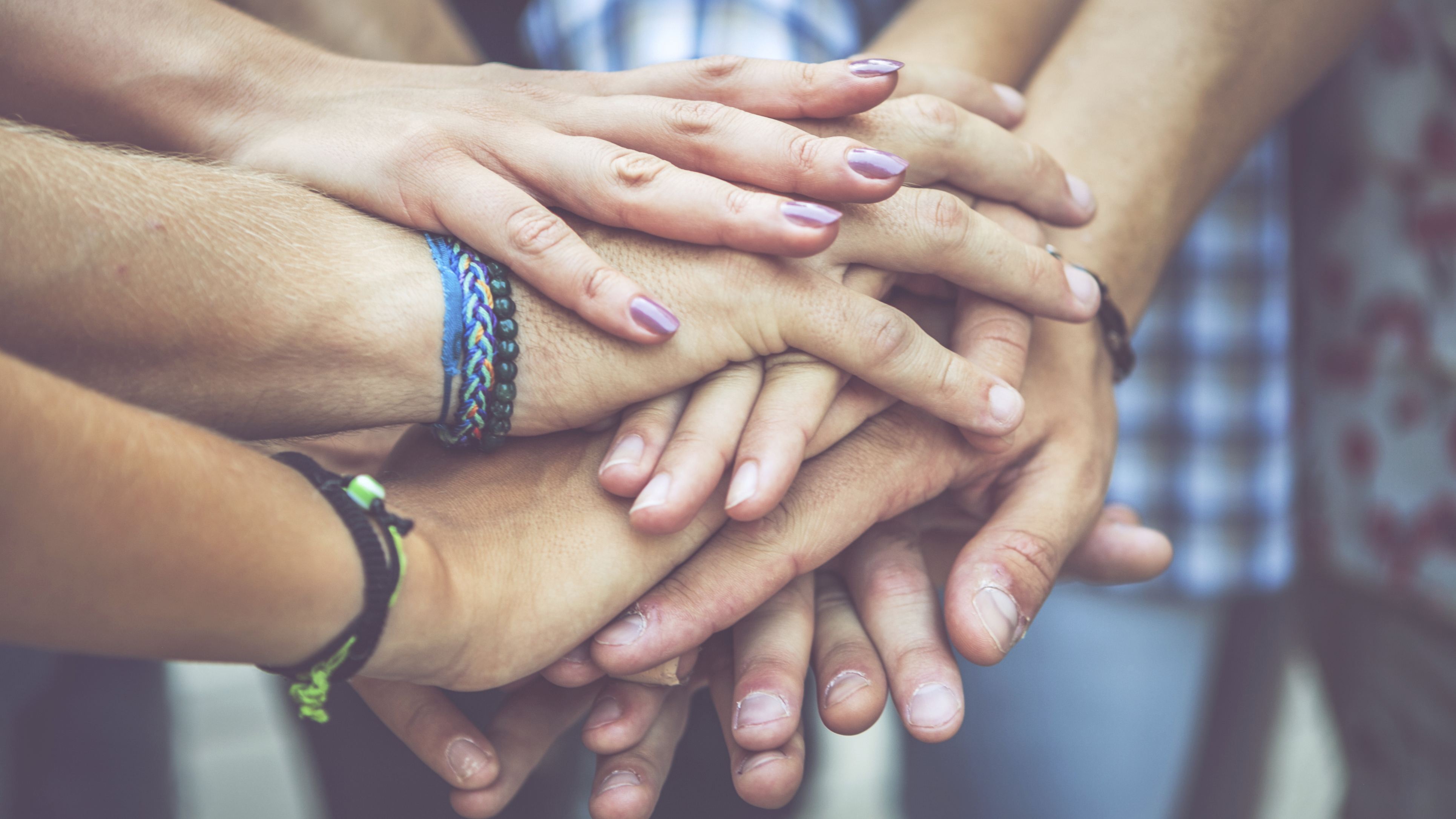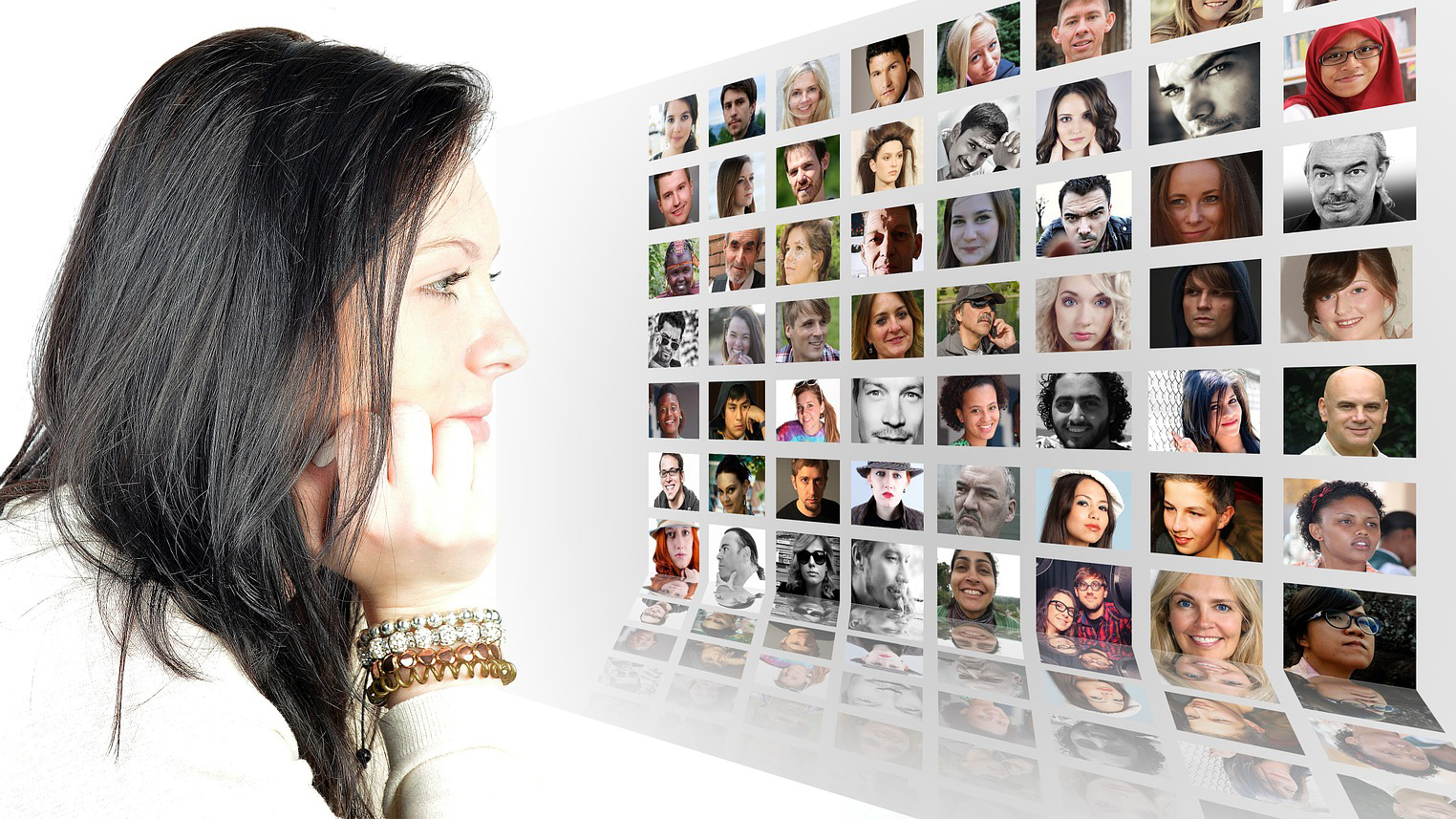
This story is about a project that challenges the imbalance between women and men in certain work sectors and why so few young people are attracted by certain work. In short, there was a need to re-think underlying causes and origins and a need to develop actions for change.




Imbalance between women and men in certain work sectors. Few young people attracted by certain areas of work. A need for re-thinking underlying causes and origins of inequality and imbalance.
Management representatives, employees, young people, trade unions
Gender system analysis, Critical incident technique, Personas, Action plan for change
The idea behind the project was to solve inequality and imbalance by approaching it differently. The aim of the project was to develop a future vision of how it ought to be: how work can be structured differently, how the ideal work teams can be composed differently, and how people would interact with each other within the work system differently compared to the present situation.
The approach is different because the idea involves diverse stakeholders in the design process. These stakeholders included people from the particular context as well as people who were not – in particular, people who were underrepresented, such as women and young people. The approach was framed as design labs: small-scaled, explorative design interventions that involve everyday people in future imaginations and innovatively thinking of alternative solutions for a positive change (cf. Wikberg Nilsson, 2012). The project was undertaken in three partly parallel steps of inspiration and preparation, and two collaborative design space exploration steps. The collaborative steps involved various interest groups and a group exclusively comprised of women in order to address the imbalance in this particular context.
The first step included context mapping through various tools, such as interviews, observations, gender system analysis, and critical incident technique. The group of employees used the critical incident technique and explored critical situations within the context of their work. The group of young people developed Future Scenarios, which were applied in activities with other project actors, to challenge or even provoke prevailing logic. This preparation and inspirational phase resulted in the development of Personas, fictional characters who were used in the subsequent collaborative project activities.
The second step involved Future Workshops with a number of actors who in one way or another were seen as having an interest or a stake in the future of this particular innovation system. The method involved critically analysing the present situation with using possible scenarios, developed by young people, and then provided a means for challenging prevailing logic and norms by engaging in other people’s perspectives through the Persona method. In the last phase of the project, a group of women managers, employee representatives, architects, designers, and students developed a future vision and action plans for change.



This story is about a project that challenges the imbalance between women and men in certain work sectors and why so few young people are attracted by certain work. In short, there was a need to re-think underlying causes and origins and a need to develop actions for change.